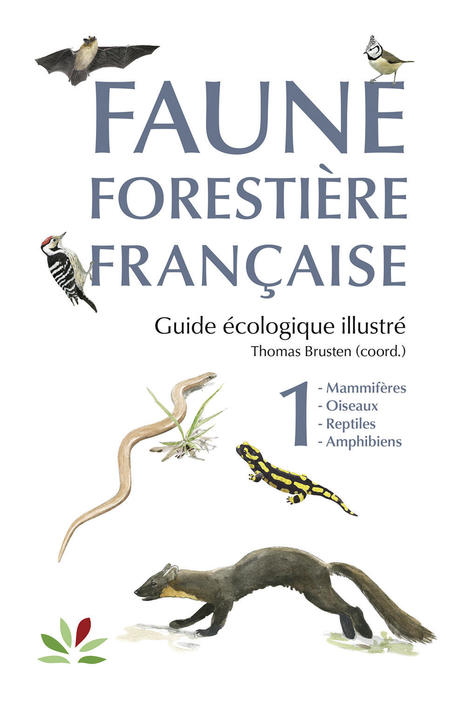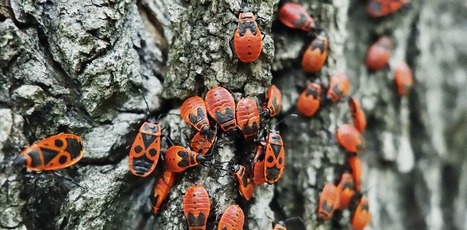Ce livre comprend des chapitres introductifs sur chaque grand groupe faunistique et une fiche par espèce magnifiquement illustrée d’aquarelles, ainsi qu’un lexique complet et deux index (français-latin et latin-français). Ce tome 1 présente l’ensemble des vertébrés forestiers, soit 237 espèces.
Research and publish the best content.
Get Started for FREE
Sign up with Facebook Sign up with X
I don't have a Facebook or a X account
Already have an account: Login
Revue de presse et du net par le Pôle de partage des connaissances S&T de l'Office français de la biodiversité
Curated by
DocBiodiv
 Your new post is loading... Your new post is loading...
 Your new post is loading... Your new post is loading...
|

DocBiodiv's curator insight,
October 29, 2020 1:44 PM
L'IPBES, Intergovernmental Science-Policy Platform on Biodiversity and Ecosystem Services met à disposition le rapport complet https://ipbes.net/sites/default/files/2020-10/20201028%20IPBES%20Pandemics%20Workshop%20Report%20Plain%20Text%20Final_0.pdf et son résumé executive summary of the Report here. |














Guide écologique illustré de Thomas Brusten (coord.) CNPF-IDF. Décembre 2023